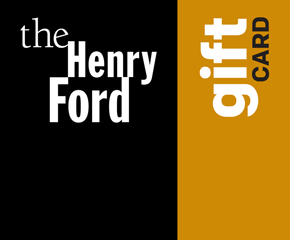Ediphone Voicewriter
Add to SetSummary
Dictaphones and Ediphones were sound recording devices used for efficient oral dictation in business settings. When Edison invented the phonograph, one proposed use was "dictation without the aid of stenographers." Its tinfoil playback medium lacked quality, however. Alexander Graham Bell's Graphophone (later, Dictaphone) improved the phonograph by using wax cylinders for superior playback; cylinders were also used in the competing Ediphone.
Dictaphones and Ediphones were sound recording devices used for efficient oral dictation in business settings. When Edison invented the phonograph, one proposed use was "dictation without the aid of stenographers." Its tinfoil playback medium lacked quality, however. Alexander Graham Bell's Graphophone (later, Dictaphone) improved the phonograph by using wax cylinders for superior playback; cylinders were also used in the competing Ediphone.
Artifact
Dictating machine
Location
Not on exhibit to the public.
Object ID
2017.0.34.1113
Credit
From the Collections of The Henry Ford.
Material
Metal
Wax
Cardboard
Color
Gray (Color)
Silver (Color)
Yellow (Color)
Black (Color)
Dimensions
Height: 28.75 in
Width: 15 in
Length: 12 in
Inscriptions
on front: Thomas A. Edison on cylinder guard: PUSH CYLINDER TO HERE / PRESS KNOB TO EJECT on plate: Thomas A Edison / VOICEWRITER / [obscured] SER. NO. T 621600 / [obscured] USE RESISTORS FOR 250 V. A.C. - D.C. / [obscured] INC., WEST ORANGE, N.J. / MADE IN UNITED STATES OF AMERICA on back: EDISON on plate on Typease: TYPEASE / NO. 64787 / EDISON / EDIPHONE / Thomas A Edison / UNIVERSAL TO 250 VOLTS / U.S.PATENTS: 1,733,951; 1,786,294 DES. NO. 135,266 / CANADA: PATENTED 1930 - 297,796 / THOMAS A. EDISON, INC., WEST ORANGE, N.J. / MADE IN UNITED STATES





